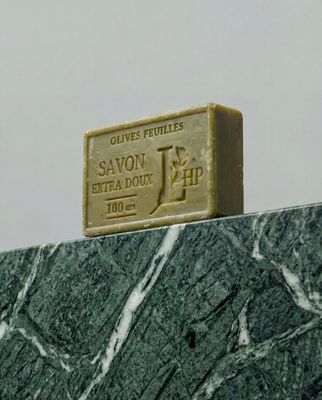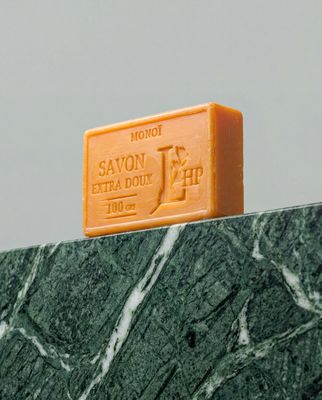Everything about the color Cinder
The meaning of the color cinder and color combinations to inspire your next creation.
Browse images in the color cinder
What color is cinder?
Cinder is a dark, muted shade of gray with subtle undertones of black, reminiscent of the color of charred wood or ash. This color often conveys a sense of sophistication and mystery.
What are similar colors to cinder?
For variations within the same dark and muted spectrum as cinder, consider:
- Charcoal (#36454F) shares cinder's deep, gray tone but with a slightly bluer undertone, offering a cool, modern feel.
- Ebony (#555D50) is similar with its dark, rich appearance, providing a slightly warmer, more inviting vibe.
- Onyx (#353839) closely resembles cinder with its intense, dark hue, perfect for creating a dramatic effect.
- Graphite (#474A51) offers a slightly lighter, more metallic version of cinder, adding a sleek, industrial touch.
What color goes with cinder?
To complement cinder's dark, sophisticated tones, consider pairing it with:
- Ivory (#FFFFF0) provides a soft, light contrast that enhances cinder's depth.
- Sage (#BCB88A) offers a subtle, earthy balance that pairs well with cinder's muted tones.
- Lavender (#E6E6FA) adds a touch of elegance with its soothing, purple-tinged hue.
- Mint (#98FF98) offers a crisp, cool contrast that looks good with the richness of cinder.
What color conflicts with cinder?
To avoid overwhelming the subtlety of cinder, consider avoiding:
- Black (#000000) can overpower the subtlety of cinder.
- Dark Brown (#654321) risks creating a heavy, oppressive look.
- Navy (#000080) could overshadow the muted elegance of cinder.
- Burgundy (#800020) may clash with cinder's cool, understated tones.
What does the color cinder represent?
Cinder often symbolizes resilience and strength, evoking the image of charred wood that withstands the test of time. It also represents mystery and sophistication, lending a sense of depth and intrigue to any setting. Psychologically, cinder can evoke feelings of stability and security, providing a grounding effect in design. It may also suggest introspection and contemplation, encouraging a thoughtful atmosphere. In art and design, cinder is used to create contrast and highlight other colors, making it a versatile choice for backgrounds and accents. In photography and film, it can add a dramatic, moody effect, enhancing the emotional impact of a scene.
What's the history of cinder?
The name "cinder" originates from the Middle English word "sinder," which refers to the residue left after burning coal or wood. This association with ash and charred materials gives the color its distinctive dark, muted tone. Historically, cinder has been used in various industries, from construction to art, due to its neutral and versatile nature. In modern times, cinder is popular in interior design and fashion, where it is valued for its ability to add depth and sophistication to a color palette.
Color Variations
Shades
Tints
Hues
Color Palettes
Monochromatic
Complementary
Analogous
Triadic
Tetradic
Images with cinder color
Color Conversions
#0E0E10rgb(14, 14, 16)rgb(5%, 5%, 6%)12, 12, 0, 94hsl(240, 7%, 6%)240, 13, 6#0E0E104, 0, -10, 0, 14, 1, 29000001110, 00001110, 00010000Color(red: 0.054901960784313725, green: 0.054901960784313725, blue: 0.06274509803921569)UIColor(red: 0.054901960784313725, green: 0.054901960784313725, blue: 0.06274509803921569, alpha: 1.0)Color(0xFF0E0E10)










